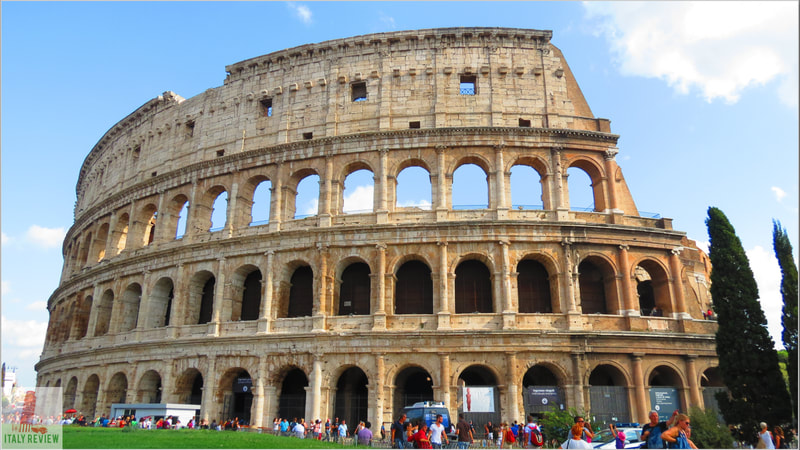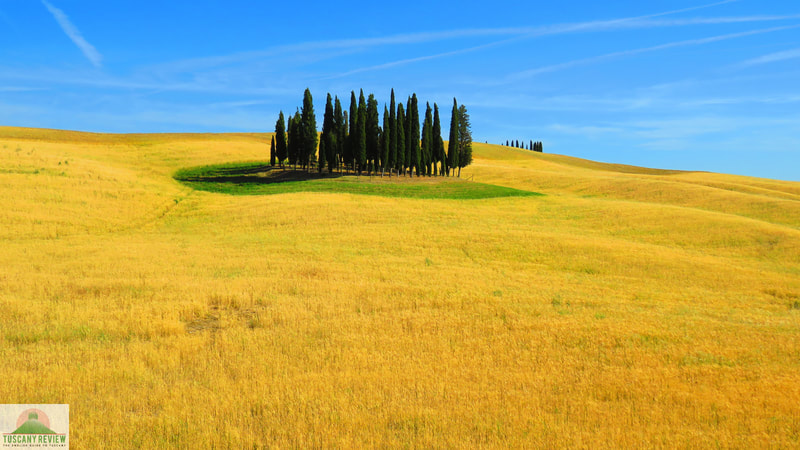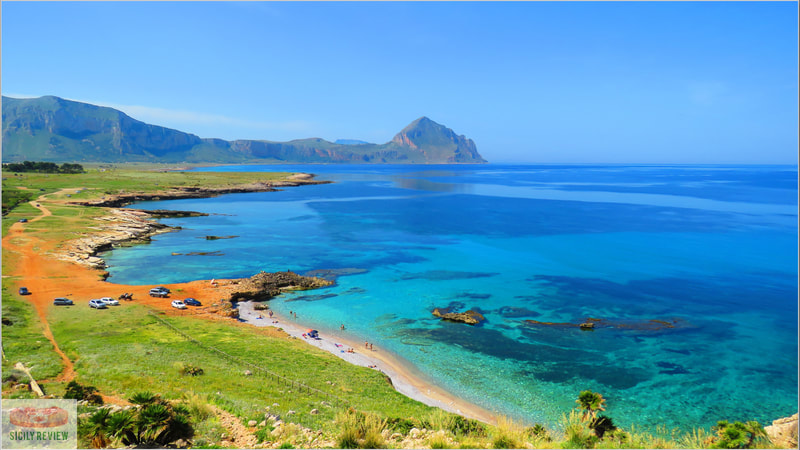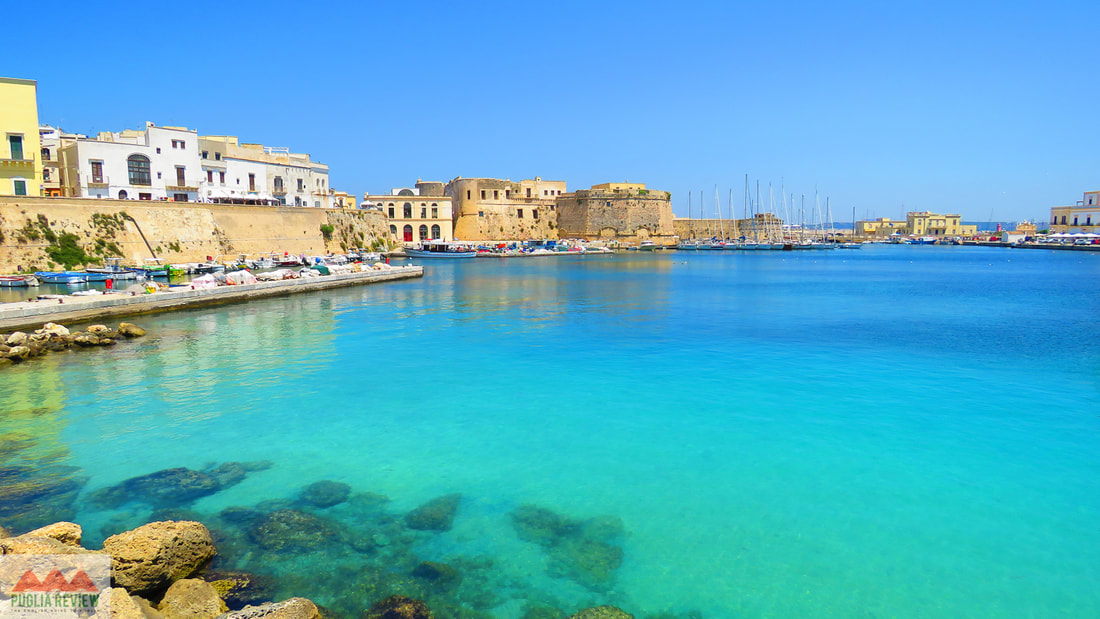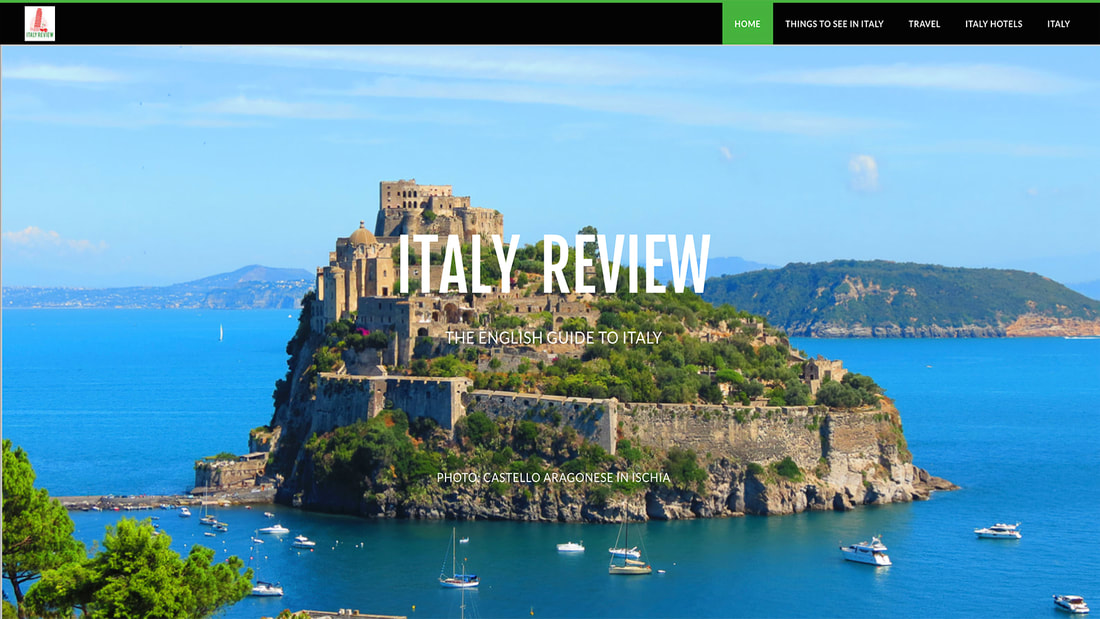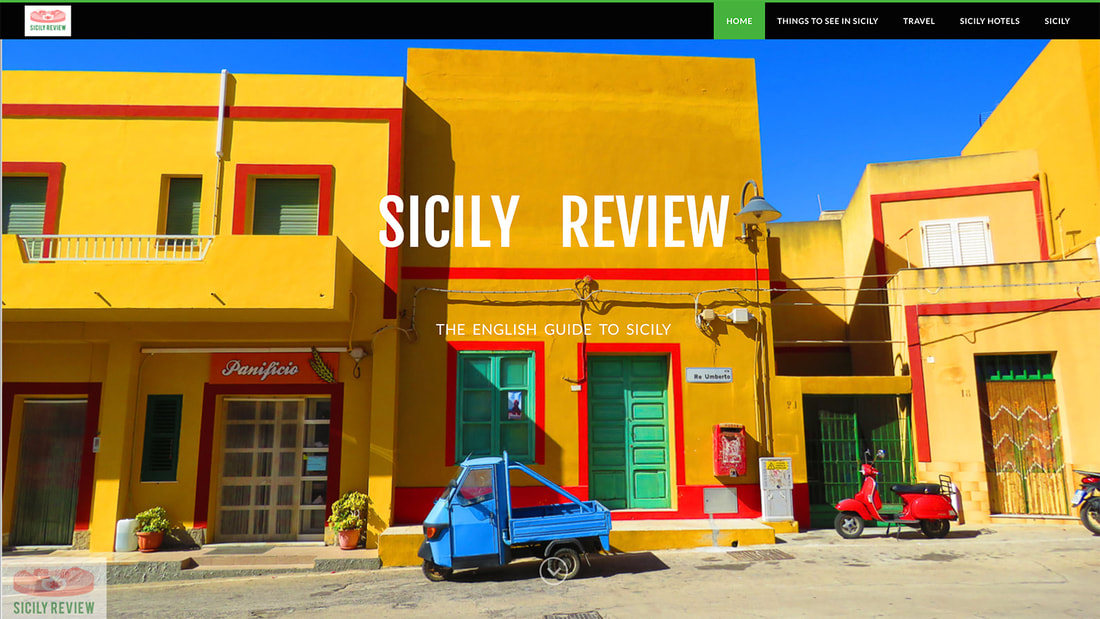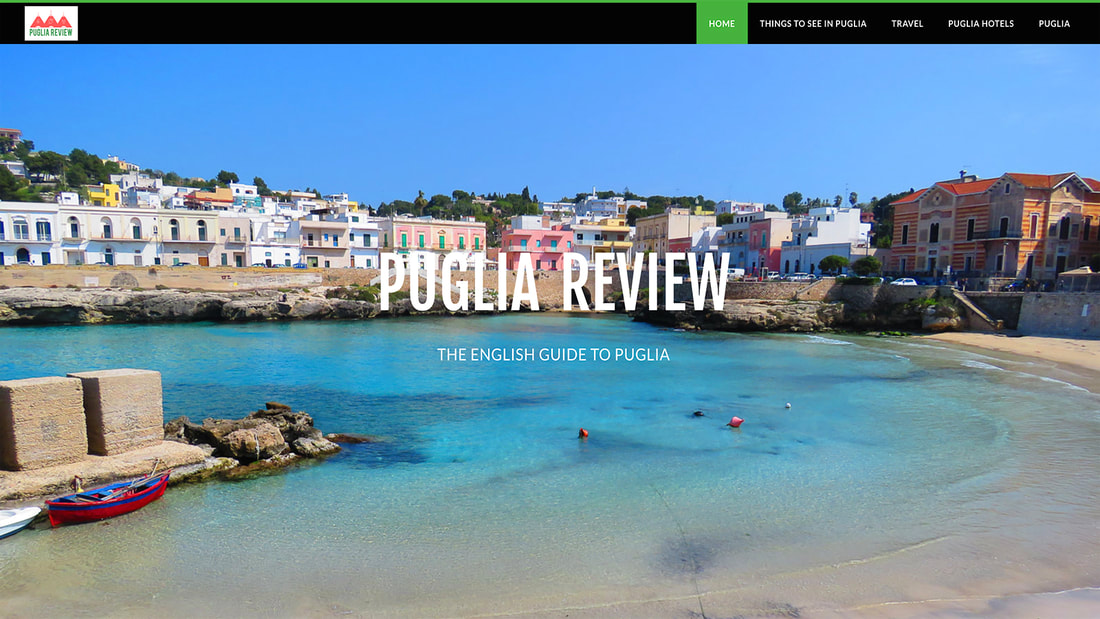Italy
Latest update: 8 January 2024
|
When we think of Italy we're drawn by a number of aspects and chief among those is history. If we think of its most iconic sight, the Colosseum, we're immediately transported to to Ancient Rome while two of its other major cities are so strongly linked to later historical periods such as Medieval Venice and Renaissance Florence.
However, Italy as we know it today is a relatively modern country whose unification dates back no more than 160 years to the Risorgimento of 1861. |
|
Related links
Italia
|
Size: 301,338 km²
Population: 60,359,546 Capital: Rome Regions: 20 Provinces: 102 Communes (comuni/main towns): 7,982 |
The Risorgimento was led by the charismatic leader Giuseppe Garibaldi along with two instrumental politicians: Camilo Cavour and Giuseppe Mazzini. As part of the unification, the new Italy had a capital city of Turin which is now the capital of the Piedmont region, and the ruling Duke of Savoy, suddenly became King of Italy: Vittorio Emanuele II.
Those four names highlighted above are hugely significant in Italy; at the time of the unification, the country's biggest challenge was indeed to unite the people. The people of Sicily for example had very little knowledge of what went on in far-away Piedmont with its different language and culture. Part of the unification process was to glorify the above names, linked so heavily with the Risorgimento, and to create a sense of shared history. So now when you visit any Italian city you'll find there's probably a Piazza Garibaldi or a Piazza Cavour, a Via Mazzini or a Corso Vittorio Emanuele II. When the streets and squares aren't named after them, there's likely to be a museum or a park.
It's important to be aware of the not too distant history of the unified Italy in order to understand how the country is laid out now in modern times. Italy is divided into twenty regions including for example Tuscany, Lombardy and Puglia. The country's two largest islands, Sicily and Sardinia are also included among those 20 regions. With just a few exceptions, each Region then has a number of Provinces within it which are typically named after one of the major cities in that region. The city of Livorno in Tuscany for example is the capital city of Livorno Province. Until recently, the naming system of the provinces also applied to the major cities but the likes of "Naples Province" or "Bari Province", recently changed to the Metropolitan City of Naples and the Metropolitan City of Bari respectively, but these "Metropolitan Cities" refer to the province rather than the city itself.
The region with the most provinces is Lombardy which has 12, followed by Tuscany which has 10. Generally-speaking, the smaller the region, the smaller the number of provinces there are within it. The region of Valle d'Aosta whose capital city is Aosta doesn't have any provinces while Basilicata, Molise, Umbria and Trentino Alto-Adige each have two apiece.
So at the top of the hierarchy there's the Region which has a number of Provinces within it, and then the provinces are divided up into a series of communes, "comuni" in Italian. The comuni are the largest towns within each province and therefore there's a much higher number of these with nearly 8,000 in total across Italy. The categorisation goes still further with the smallest villages classed as "frazioni" (like fractions), within each "comune" (the singular form of "comuni").
Those four names highlighted above are hugely significant in Italy; at the time of the unification, the country's biggest challenge was indeed to unite the people. The people of Sicily for example had very little knowledge of what went on in far-away Piedmont with its different language and culture. Part of the unification process was to glorify the above names, linked so heavily with the Risorgimento, and to create a sense of shared history. So now when you visit any Italian city you'll find there's probably a Piazza Garibaldi or a Piazza Cavour, a Via Mazzini or a Corso Vittorio Emanuele II. When the streets and squares aren't named after them, there's likely to be a museum or a park.
It's important to be aware of the not too distant history of the unified Italy in order to understand how the country is laid out now in modern times. Italy is divided into twenty regions including for example Tuscany, Lombardy and Puglia. The country's two largest islands, Sicily and Sardinia are also included among those 20 regions. With just a few exceptions, each Region then has a number of Provinces within it which are typically named after one of the major cities in that region. The city of Livorno in Tuscany for example is the capital city of Livorno Province. Until recently, the naming system of the provinces also applied to the major cities but the likes of "Naples Province" or "Bari Province", recently changed to the Metropolitan City of Naples and the Metropolitan City of Bari respectively, but these "Metropolitan Cities" refer to the province rather than the city itself.
The region with the most provinces is Lombardy which has 12, followed by Tuscany which has 10. Generally-speaking, the smaller the region, the smaller the number of provinces there are within it. The region of Valle d'Aosta whose capital city is Aosta doesn't have any provinces while Basilicata, Molise, Umbria and Trentino Alto-Adige each have two apiece.
So at the top of the hierarchy there's the Region which has a number of Provinces within it, and then the provinces are divided up into a series of communes, "comuni" in Italian. The comuni are the largest towns within each province and therefore there's a much higher number of these with nearly 8,000 in total across Italy. The categorisation goes still further with the smallest villages classed as "frazioni" (like fractions), within each "comune" (the singular form of "comuni").

